Vindonissa Legionary Trail
About Museum Aargau
Hauptmenü

The discovery of the North Gate (porta decumana) in 1905 was a major breakthrough for early Vindonissa research. Any remaining doubts were finally dispelled: Vindonissa really had been a legionary camp and not a civil settlement.
The gate is situated at the northern periphery of the Windisch plateau, directly above the slope running down to the River Aare.
From here there is an impressive view to the north where the Aare cuts through the Jura Mountains. The Romans had clearly identified the outstanding strategic position of the plateau at the confluence of the Aare, Reuss and Limmat rivers and near to the important Aare gorge to the north. This excellent geographical location at Switzerland's natural moated castle enabled fast and convenient transport of large quantities of goods and personnel for military purposes. The waterways integrated Vindonissa in the vast Roman network of long-distance trade. Good connecting routes for troop movements and furnishing supplies to the soldiers were a key instrument of power in the Roman Empire.
The embankment running down to the Aare was presumably too steep for carriages, which is why the North Gate served another function as well as being a sentinel: large amounts of rubbish were carted out of the camp through the gate and deposited on the northern slope, eventually creating an enormous mound. This mound is an immense asset to archaeological research since it contains thousands of preserved objects - particularly leather and wooden items including some 600 wooden writing tablets. These unique artefacts provide fascinating insights into the everyday lives of the Vindonissa legionaries and can now be viewed at the Vindonissa Museum in Brugg.
The North Gate can be visited without museum admission.